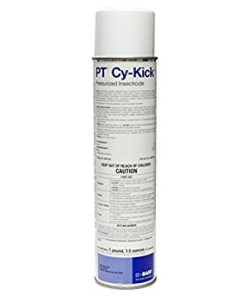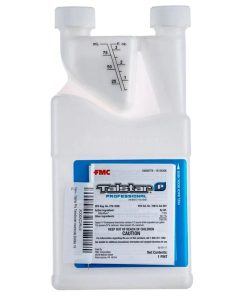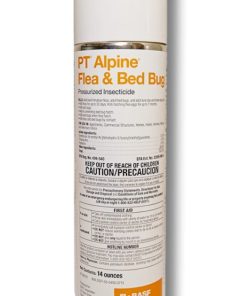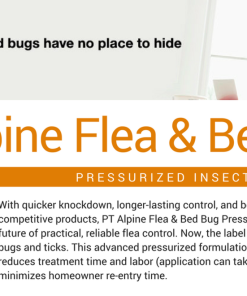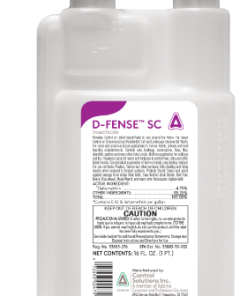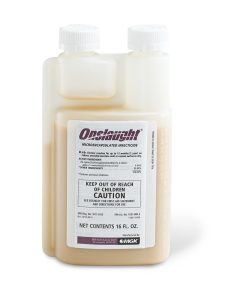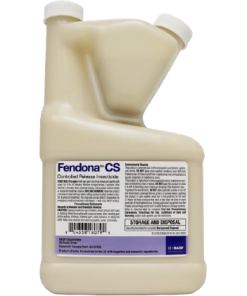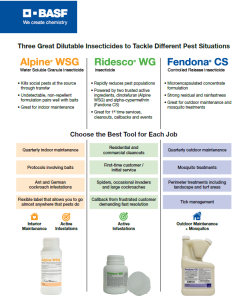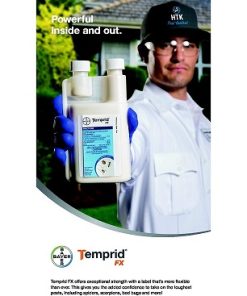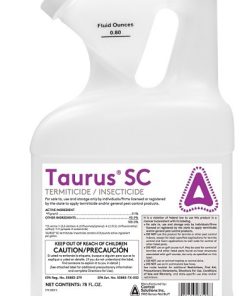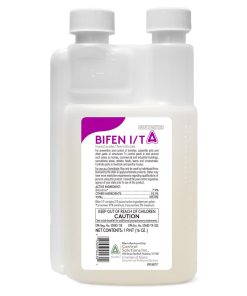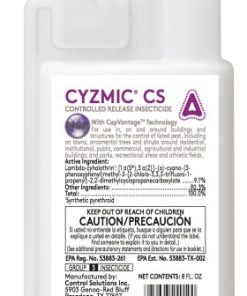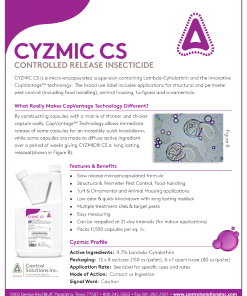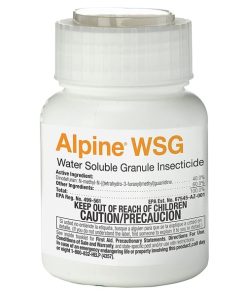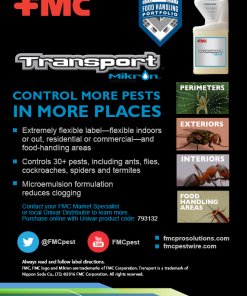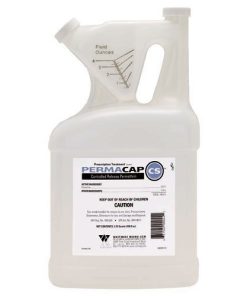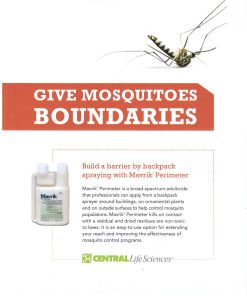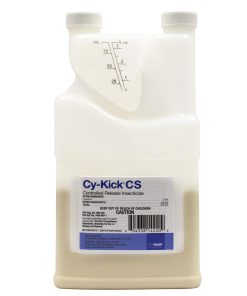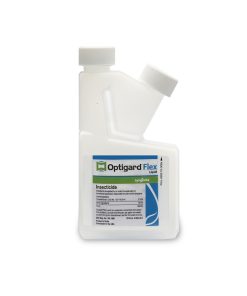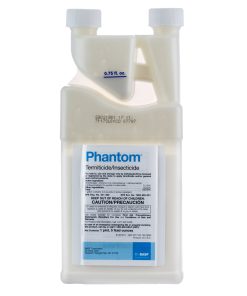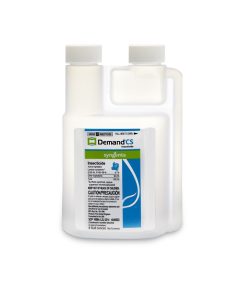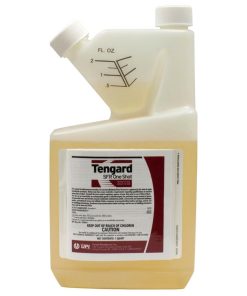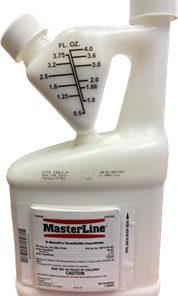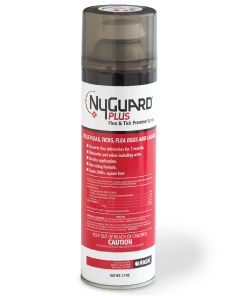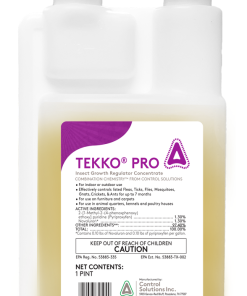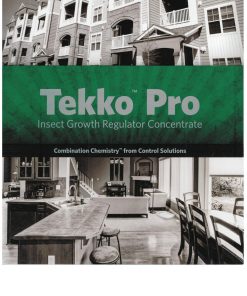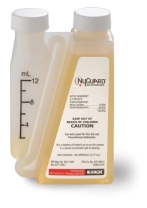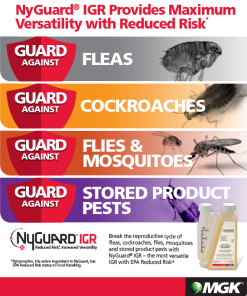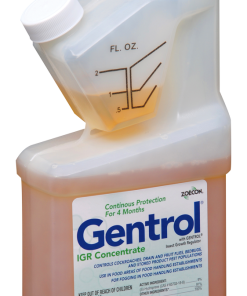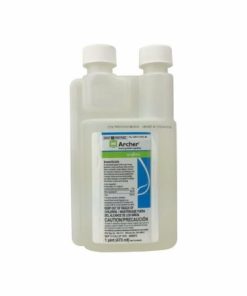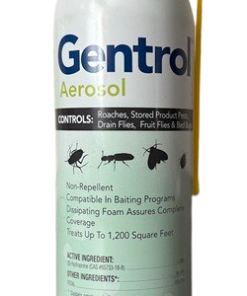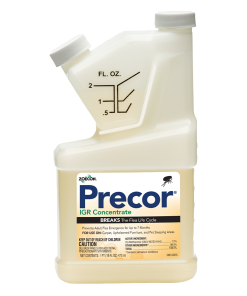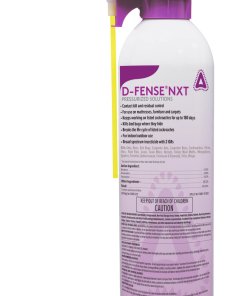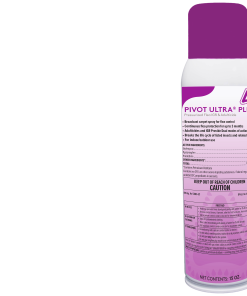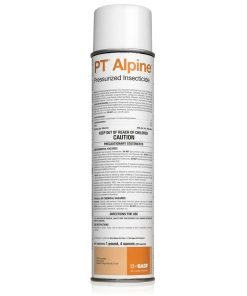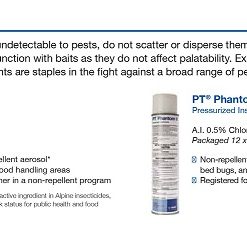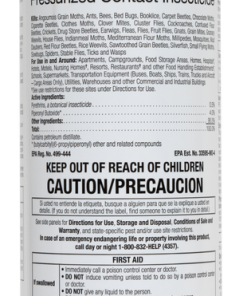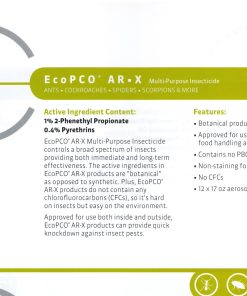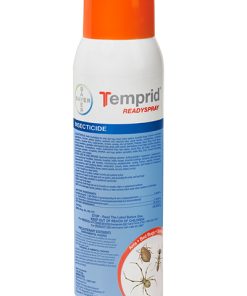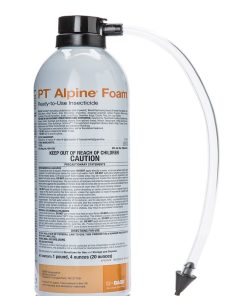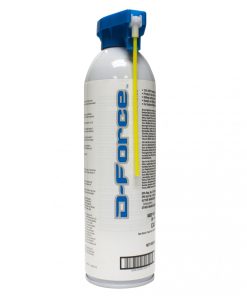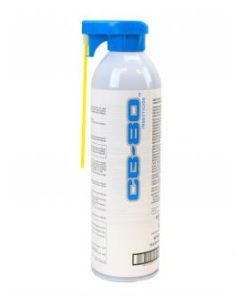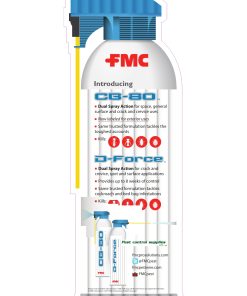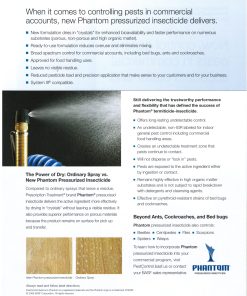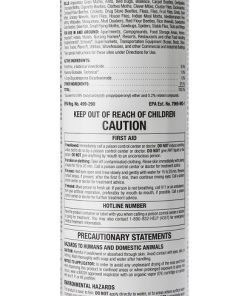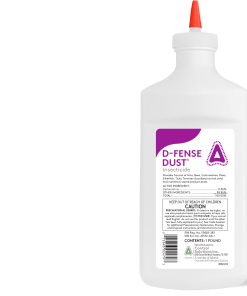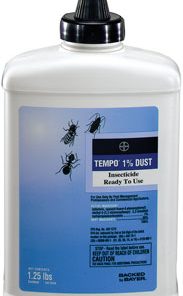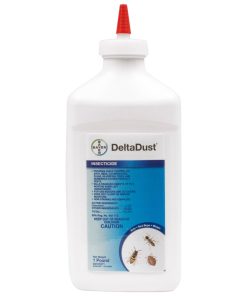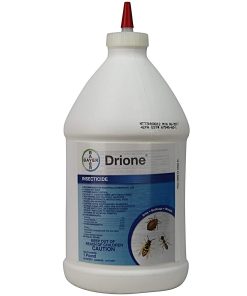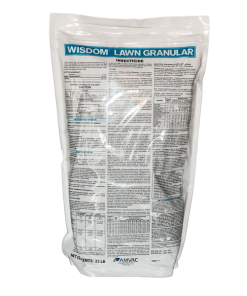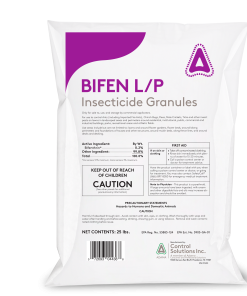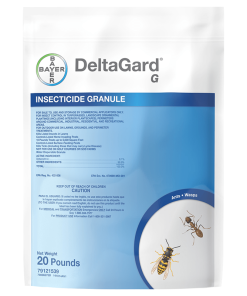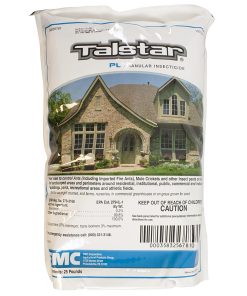tick control
Ticks are blood feeding external parasites of mammals, birds, and throughout the world. Ticks transmit the widest variety of pathogens of any blood sucking arthropod, including bacteria, rickettsiae, protozoa, and viruses. Some human diseases of current interest in the United States caused by tick-borne pathogens include Lyme disease, ehrlichiosis, babesiosis, rocky mountain spotted fever, tularemia, and tick-borne relapsing fever.
The ticks found in the United States are divided taxonomically into two main families– the hard ticks (Ixodidae) and soft ticks (Argasidae). The hard ticks are flattened in the unfed state and the mouthparts are clearly visible. The soft ticks have an oval or pear-shaped outline with the anterior body region broadly rounded. The mouthparts are difficult to see from a dorsal view. Most ticks of economic importance fall under hard ticks, and include the Brown Dog Tick, the American Dog Tick, Lone Star Tick, or the Black-Legged Tick (Deer Tick).
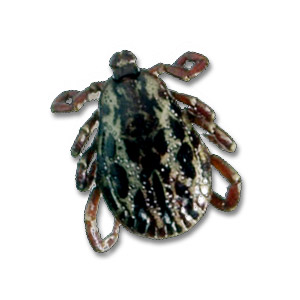
The larvae feed and molt to become nymphs that will develop and molt to become adults. The adults, once on the host (a larger mammal), climb upward looking for a place to attach. They will generally choose a high point on the host or choose a tight place, like between the skin or collar, to attach and begin feeding.
Control
Habitat modification is considered to be the most permanent approach to tick management. They are most commonly found in grassy, brushy, wooded, and shaded areas. Therefore, by keeping grass well-clipped, removing brush, and pruning trees to allow more sunlight to penetrate to the soil surface will discourage ticks from becoming established in these areas. In addition, it eliminates suitable habitat for the immature (larval and nymphal) tick hosts, which includes small rodents such as the white-footed mouse and the meadow vole.
Second, limit access of dogs and children to “tick” habitats. Dog control is important to reduce tick infestations. Dogs should be de-ticked daily by an adult. If necessary, get your pet treated. A number of products are available, and should be used under the direction of a veterinarian. When treating the exterior, most labels will state to apply to outside surfaces of buildings including, but not limited to, exterior siding, foundations, porches, window frames, eaves, patios, garages, refuse dumps, lawns such as grass areas adjacent or around private homes, duplexes, townhouses, condominiums, house trailers, apartment complexes, carports, garages, fence lines, storage sheds, barns, and other residential and non-commercial structures, soil, trunks of woody ornamentals and other areas where pests congregate or have been seen.
On the interior, apply as a crack and crevice or spot spray to areas where pests hide, such as under baseboards, corners, storage areas, closets, around water pipes, doors and windows, attics and eaves, behind and under refrigerators, cabinets, sinks, furnaces, stoves, the underside of shelves, drawers and similar areas. Do not use as a space spray. Pay particular attention to cracks and crevices. For broadcast treatments to lawns and such, treat the entire area where exposure to ticks may occur.
Use higher spray volumes when treating areas with dense ground cover or heavy leaf litter. Ticks may be reintroduced from surrounding areas on host animals. Retreatment may be necessary to achieve and/or maintain control during periods of high pest pressure.
Best sellers for ticks
Aerosols & Ready To Use Products
Spray Concentrates
Spray Concentrates
Aerosols & Ready To Use Products
spray concentrates for ticks
– These concentrates are mixed with water and used in a compressed hand held sprayer to make your application.
Spray Concentrates
Spray Concentrates
Spray Concentrates
Spray Concentrates
Spray Concentrates
Spray Concentrates
Spray Concentrates
Cyzmic CS Micro encapsulated insecticide 8 oz. (Same as Demand CS)
Spray Concentrates
Spray Concentrates
Spray Concentrates
Spray Concentrates
Spray Concentrates
Spray Concentrates
Spray Concentrates
Spray Concentrates
Spray Concentrates
Spray Concentrates
Spray Concentrates
Spray Concentrates
Spray Concentrates
Spray Concentrates
Spray Concentrates
Spray Concentrates
insect growth regulators for ticks
IGR’s – IGR’s (Insect Growth Regulators) disrupt the normal development of insects. Insects exposed to an IGR will become adults incapable of reproducing, thus ending the cycle of an infestation. Use IGR’s in areas such as, but not limited to: apartment buildings, hospitals, residential homes, hotels/motels, nursing homes, and marine vessels. Do not treat linens and mattresses.
Aerosols & Ready To Use Products
Insect Growth Regulators
Insect Growth Regulators
Insect Growth Regulators
Insect Growth Regulators
Aerosols & Ready To Use Products
Aerosols & Ready To Use Products
Insect Growth Regulators
aerosols & ready to use products
These insecticides are ready to use products that are some of the most commonly used in the pest control market.
Aerosols & Ready To Use Products
Aerosols & Ready To Use Products
Aerosols & Ready To Use Products
Aerosols & Ready To Use Products
Aerosols & Ready To Use Products
Aerosols & Ready To Use Products
Aerosols & Ready To Use Products
Aerosols & Ready To Use Products
Aerosols & Ready To Use Products
Aerosols & Ready To Use Products
Aerosols & Ready To Use Products
Aerosols & Ready To Use Products
Aerosols & Ready To Use Products
Aerosols & Ready To Use Products
Aerosols & Ready To Use Products
Aerosols & Ready To Use Products
Aerosols & Ready To Use Products
Aerosols & Ready To Use Products
dust insecticides for ticks
Dusts are usually used to treat into cracks and crevices (such as in the crack between the wall baseboard and floor), in wall voids, cavities, attics or crawl spaces. Be sure that there is proper ventilation in the room and that you don’t over dust or dust in areas accessible by people.
Dust Insecticides
Dust Insecticides
Dust Insecticides
Dust Insecticides
Dust Insecticides
insecticide granules for ticks
These “ready to use” granular crystals are convenient and great for a contact kill and have a great residual properties for the exterior. They fall down into and under landscape material such as turf, rock or mulch to target problem pests.
Insecticide Granules
Insecticide Granules
Insecticide Granules
Insecticide Granules
Insecticide Granules

